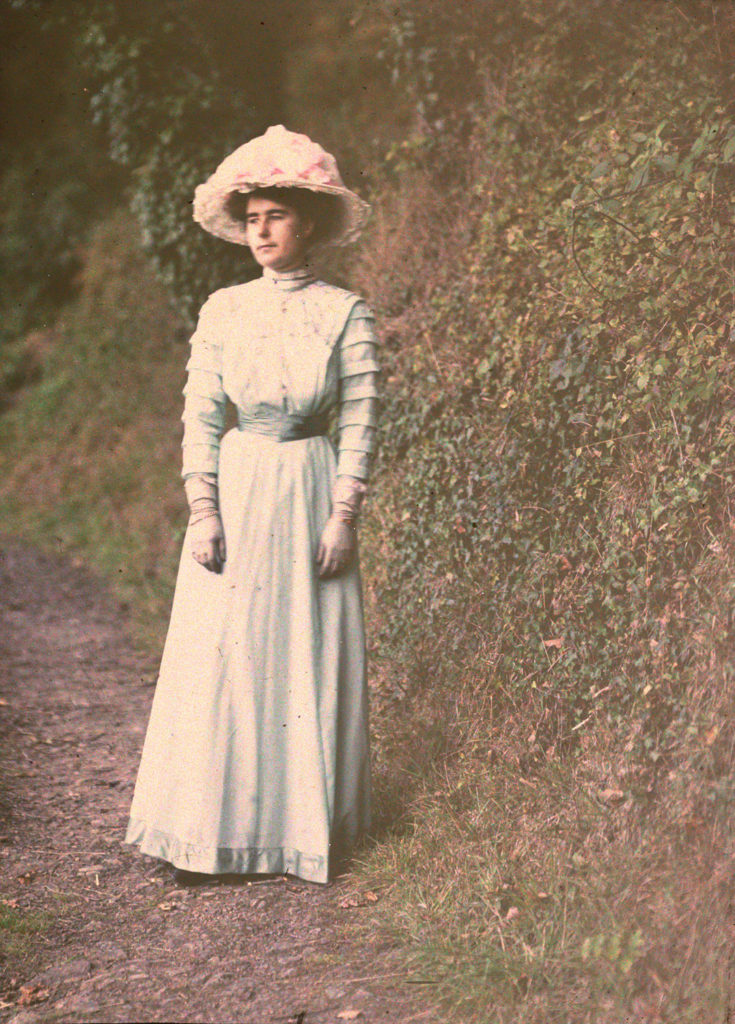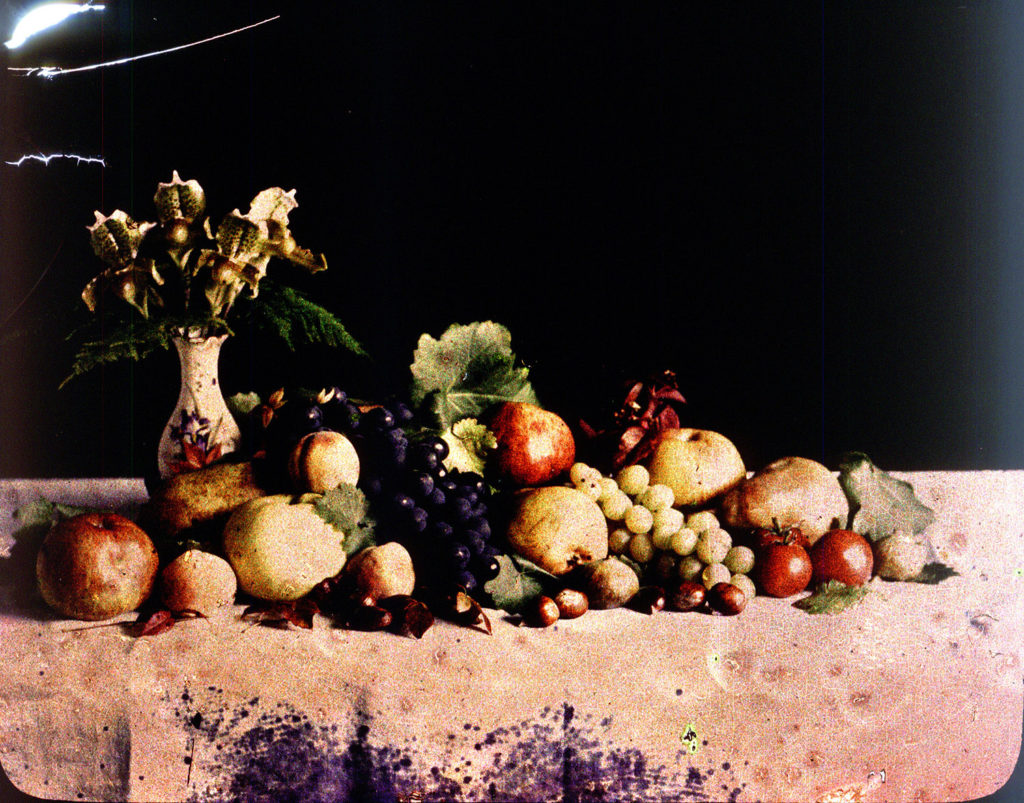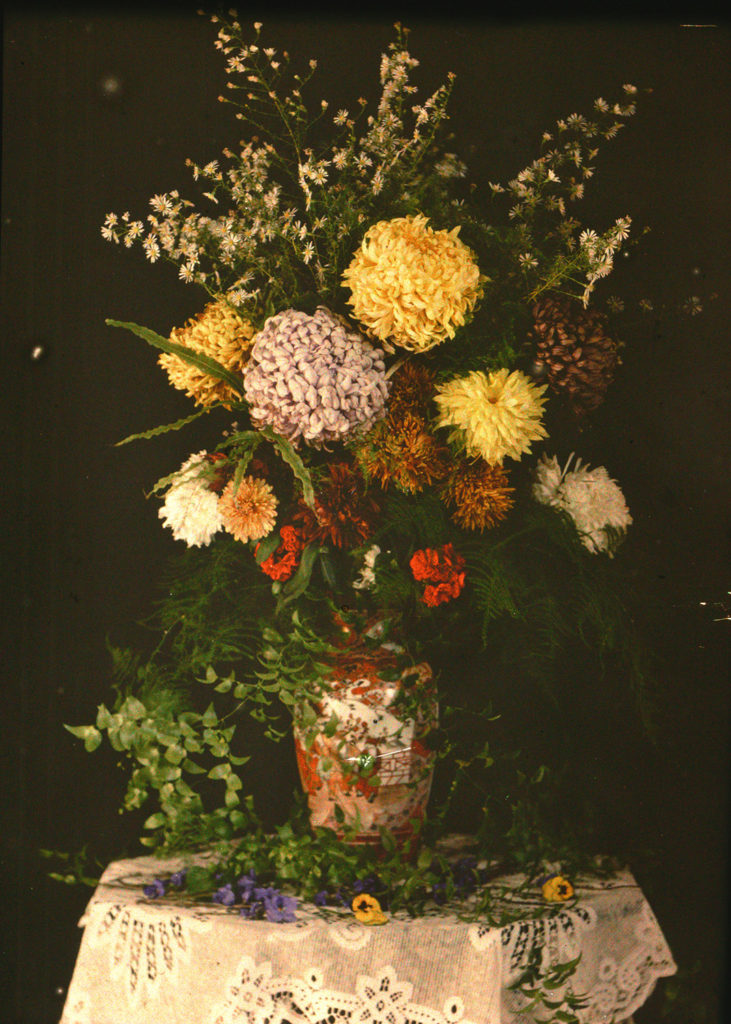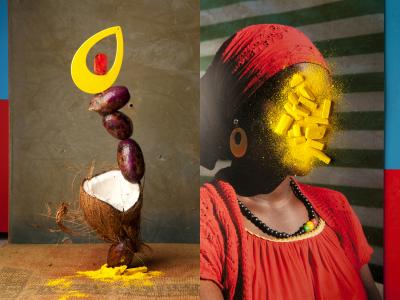Origin and Definition of Still Life:
“A still life (also known by its French title, nature morte) painting is a piece that features an arrangement of inanimate objects as its subject. Usually, these items are set on a table and often include organic objects like fruits and flowers and household items like glassware and textiles.
The term “still life” is derived from the Dutch word stilleven, which gained prominence during the 16th century. While it was during this time that the still life gained recognition as a genre, its roots date back to ancient times.
The earliest known still life paintings were created by the Egyptians in the 15th century BCE. Funerary paintings of food—including crops, fish, and meat—have been discovered in ancient burial sites. The most famous ancient Egyptian still-life was discovered in the Tomb of Menna, a site whose walls were adorned with exceptionally detailed scenes of everyday life.
Ancient Greeks and Romans also created similar depictions of inanimate objects. While they mostly reserved still life subject matter for mosaics, they also employed it for frescoes, like Still Life with Glass Bowl of Fruit and Vases, a 1st-century wall painting from Pompeii.
Northern Renaissance artists popularized still life iconography with their flower paintings. These pieces typically showcase colorful flora “from different countries and even different continents in one vase and at one moment of blooming” (Metropolitan Museum of Art) and often do not feature other subject matter. These paintings rose to prominence in the early 17th century, when Northern Renaissance artists grew increasingly interested in creating realistic studies of everyday items.
Dutch Golden Age artists took this interest in detailed floral art a step further with their vanitas paintings. Vanitas paintings are inspired by memento mori, a genre of painting whose Latin name translates to “remember that you have to die.” Like memento mori depictions, these pieces often pair cut flowers with objects like human skulls, waning candles, and overturned hourglasses to comment on the fleeting nature of life.
Unlike memento mori art, however, vanitas paintings “also include other symbols such as musical instruments, wine and books to remind us explicitly of the vanity of worldly pleasures and goods” (Tate).”
https://mymodernmet.com/what-is-still-life-painting-definition/
Analysis of Key Image:

In this painting, you can see luxurious products and Asian objects spread across a table. The theme of Asian items are implicit, as many now would not be a able to tell they were originated from Asia. Some examples of Asian items are the ingredients in savoury pies, which contain cinnamon, mace, cloves and ginger.
The Asian items suggest that there is a sense of wealth as they have been imported over and usually imported things back then were very expensive and hard to get. Also the amount of food can suggest wealth as lower class could not afford this much food.
There is a melancholy feel to this photo becasue of the use of dark and neatural tones and colours. This could imply a sense of sadness and loneliness. Also, the turkey could suggest that they are feeding a large family.
Emile F. Guiton – Autochromes:
The Autochromne process was invented by two brothers on the 10th of June 1907 by Louis and August Lumière. To an invited audience of 600 the brothers demonstrated their newest invention, the first combined system additive colour screen process.
Autochrome involved covering a glass plate with a thin wash of tiny potato starch grains dyed red, green, and blue, which then creates a filter. A thin layer of emulsion was added over that and when the plate was flipped and exposed to light, the resulting image could be developed into a transparency. https://www.nationalgeographic.com/news/2015/01/150131-pictures-autochrome-color-photography-history-people-culture/
Additionally, autocrhome was made by passing transparent starch grains through a series of sieves to isolate grains between ten and fifteen microns thick. Next, microscopic starch grains were then separated into batches, then dyed red, green and violet, mixed together and spread over a glass plate coated with a sticky varnish. Next, charcoal powder was spread over the plate to fill in any gaps between the coloured starch grains. A roller with over five tons per square centimeter of pressure was applied in order to spread the grains and flatten them out and then the plate was coated with a panchromatic photographic emulsion.
Examples of Emile’s work:





Lorenzo Vitturi:
“Lorenzo Vitturi (b. 1980, Italy) is a photographer and sculptor based in London. Formerly a cinema set painter, Vitturi has brought this experience into his photographic practice, which revolves around site-specific interventions at the intersection of photography, sculpture and performance. In Vitturi’s process, photography in conceived as a space of transformation, where different disciplines merge together to represent the complexities of changing urban environments.
Vitturi’s latest solo exhibitions have taken place at FOAM Museum in Amsterdam, The Photographers’ Gallery in London, at Contact Photography Festival in Toronto, and at the CNA in Luxembourg. Vitturi also participated to group exhibitions at MaXXI in Rome, at Centre Georges Pompidou in Paris, at La Triennale in Milan, at the Shanghai Art Museum and at K11 Art Space in Shanghai, and at BOZAR in Brussels.
Following the presentation of Dalston Anatomy in 2013 as a book, multi-layered installations and performance, Vitturi’s latest photo-book ‘Money Must Be Made’ was published by SPBH Editions in September 2017.” https://www.flowersgallery.com/artists/view/lorenzo-vitturi
Examples of his work:


.jpg?w968)

